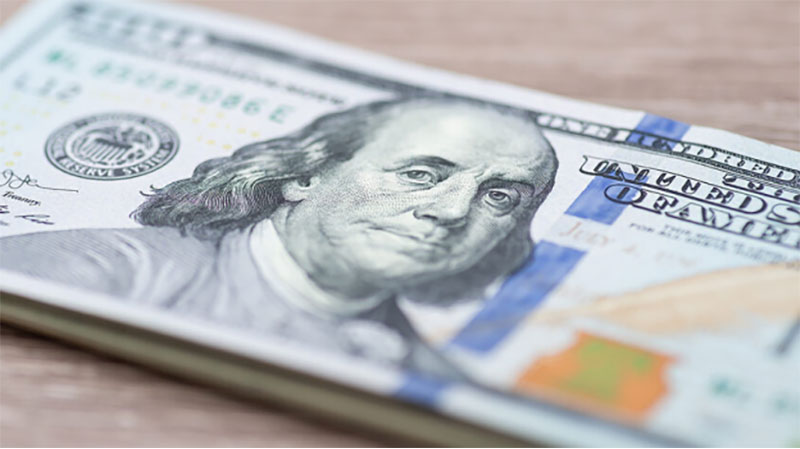The goal of the cash-secured put, a type of option sale, is to acquire shares of stock at a price lower than the current market price. In this scenario, the investor maintains enough cash to buy the stock at the specified strike price while selling a put option.
However, if stock prices suddenly skyrocket, investors may be forced to buy at much greater prices than anticipated.
There are many advantages to using a cash-secured put as an options strategy. It can be used in two ways: to produce revenue or acquire stock at a discount. This tactic parallels the more well-known "covered call" approach, making it simple for newcomers to grasp.
Cash-Secured Puts: Things To Consider

The premium earned by investors when selling a cash-secured put is realized instantly. In this approach, investors anticipate a short-term decline in the value of security but a long-term appreciation in value sell cash-secured puts on that security.
If the security price decreases below the striking price before the exercise date, the contract may require the investor to buy the security before the exercise date. On the exercise date, even if the security's market price is lower than the strike price, the investor is still obligated to buy the security at the strike price.
If the security's market price exceeds the strike price on the exercise date, the investor is released from the obligation to buy the security, and the put option lapses. In options terminology, the investor "earned the premium amount" or made a profit on the trade.
The full purchase price must be available in the investor's trading account at the time of purchase. A cash-secured put requires the investor to keep that money in their brokerage account for as long as they hold the put.
While some put buyers intend to purchase the underlying asset eventually, others are merely interested in collecting the premium on their investment. Writing a naked put is an alternative to keeping the cash on hand to purchase the securities outright.
The best scenario for the investor is when the put option expires without being exercised, and the premium is retained. Cash-secured puts are an option for investors who desire to acquire the underlying securities at the strike price on or before the exercise date.
Investors should weigh the benefits of selling cash-secured options against the risks involved before committing to this strategy.
Risks Of The Trade

The main risk of the trade is equivalent to, but slightly lower than, the risk of holding the ETF directly. If the ETF suddenly drops in price, the trade will be a loss. The loss is mitigated, however, by the premium payment.
If EWU dropped to zero, the maximum loss on the trade would be $3,075, but most traders would cut losses much earlier than that.
Cash-secured puts are a fantastic option to profit from high-quality equities and ETFs. If the put is assigned, the investor would possess the underlying security at a lower price and be able to gain further revenue by selling covered calls.
Options are high-risk investments in which a trader could lose all their money.
Consequences of Stock Market Movement
Put prices typically do not move in lockstep with the underlying stock price. Therefore, a seller of a cash-secured put will normally benefit less or suffer more from changes in the stock price than an owner of 100 shares.
The value of a put option will fluctuate based on its "delta," which is negative in the case of a put. The delta of an at-the-money put is normally around 50%, so for every $1 move up or down in the stock price, the value of the put moves up or down by roughly 50%. Putting options in the money often have between 100% and 50%. Deltas for out-of-the-money puts are typically below 50% but over 0%.
Changes In Volatility And Their Effects
Stock price volatility, expressed as a percentage, is an important component in determining the cost of an option. If stock price and time until expiration are held constant, option prices tend to increase as volatility increases. So, short-put positions gain when volatility decreases and suffer when volatility increases.
Time's Influence
As the expiration date of an option gets closer, its time value drops in value. Time wears everything down. If the stock price and volatility stay stable, time is on the side of short-put traders.
Expiration Creates A Possible Position
Stock is bought at the put's strike price if it is assigned. A long stock position is established if there is no short stock position.




